Jumpin_Jacks
Rough_Rock
- Joined
- May 29, 2013
- Messages
- 100
Picked a great diamond the future fiance bought at a great local brick and mortar. I know GIA XXX doesn't equal AGS 0 in many cases, but how do I tell if I have an AGS 0 as well. I looked at the AGS cut tables (http://www.agslab.com/docs/pbcg/AGSLProportionCharts.pdf) which listed it as Ideal, is that it then or does it need further analysis to confirm? Links to photos of stone here: [URL='https://www.pricescope.com/community/threads/waiting-for-my-custom-set-how-did-i-do-on-stone-price.189700/']https://www.pricescope.com/community/threads/waiting-for-my-custom-set-how-did-i-do-on-stone-price.189700/..[/URL]. BTW, I've seen and worn the ring around the house, goorgeous.
I guess answers here would help anyone looking for those GIA XXX that could be AGS ideal as well. Approx what % do you all gander of GIA XXX also fall into AGS ideal? Thanks in advance, PriceScope is a wonderful wealth of info
GIA 2146107353
HCA: 1.4
ROUND BRILLIANT
Measurements 5.84 - 5.87 x 3.65 mm
Carat Weight 0.77 carat
Color Grade F
Clarity Grade VS2
Cut Grade Excellent
PROPORTIONS
Depth 62.4 %
Table 56 %
Crown Angle 34.5°
Crown Height 15.0%
Pavilion Angle 40.8°
Pavilion Depth 43.0%
Star Length 50%
Lower Half 80%
Girdle Slightly Thick, Faceted, 4.0%
Culet None
FINISH
Polish Excellent
Symmetry Excellent
FLUORESCENCE
Fluorescence None
CLARITY CHARACTERISTICS
Clarity Characteristics Cloud
I guess answers here would help anyone looking for those GIA XXX that could be AGS ideal as well. Approx what % do you all gander of GIA XXX also fall into AGS ideal? Thanks in advance, PriceScope is a wonderful wealth of info
GIA 2146107353
HCA: 1.4
ROUND BRILLIANT
Measurements 5.84 - 5.87 x 3.65 mm
Carat Weight 0.77 carat
Color Grade F
Clarity Grade VS2
Cut Grade Excellent
PROPORTIONS
Depth 62.4 %
Table 56 %
Crown Angle 34.5°
Crown Height 15.0%
Pavilion Angle 40.8°
Pavilion Depth 43.0%
Star Length 50%
Lower Half 80%
Girdle Slightly Thick, Faceted, 4.0%
Culet None
FINISH
Polish Excellent
Symmetry Excellent
FLUORESCENCE
Fluorescence None
CLARITY CHARACTERISTICS
Clarity Characteristics Cloud


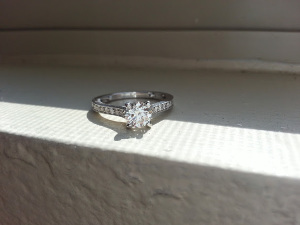
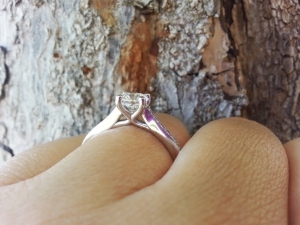
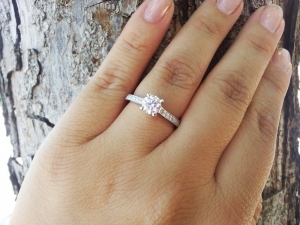
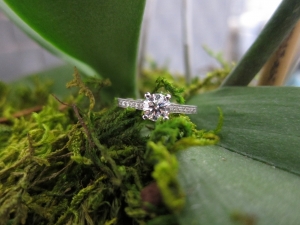
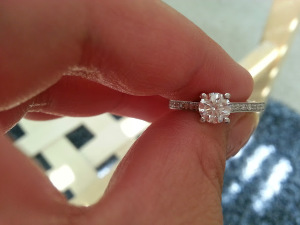


300x240.png)